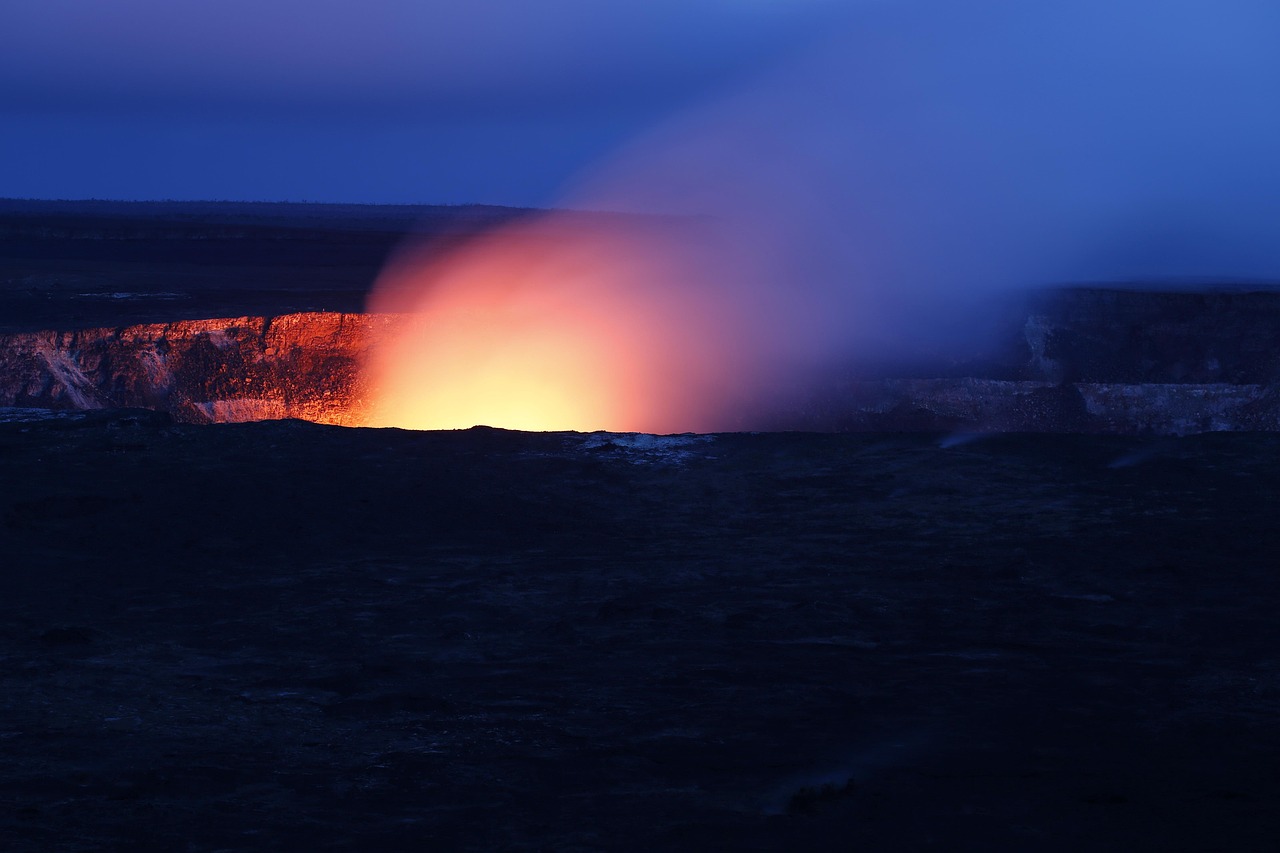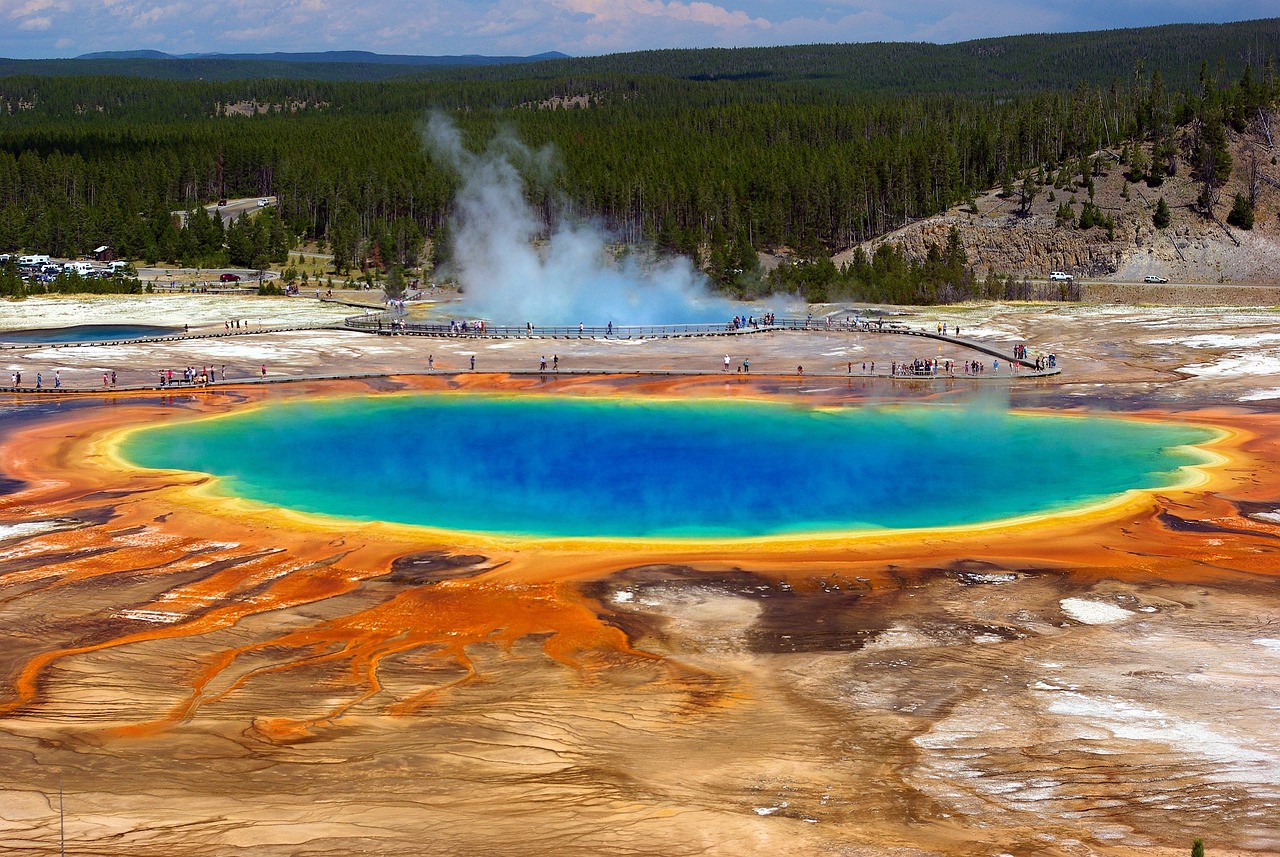Volcanic Eruptions
A volcanic eruption is a natural phenomenon where molten rock, ash, gases, and other materials are expelled from a volcano. This process occurs when there is a build-up of pressure from magma (molten rock beneath the Earth's surface) within the Earth's crust. When the pressure becomes too great, it forces its way to the surface, leading to an eruption.
Key Aspects of a Volcanic Eruption:
1. "Magma and Lava":
- "Magma" is the molten rock beneath the Earth's surface. During an eruption, when magma reaches the surface, it is called "lava".
- Lava can flow out of the volcano and spread over large areas, creating new landforms.
2. "Types of Eruptions":
- "Explosive Eruptions": These occur when magma is thick and sticky, trapping gases inside. The pressure builds up until it explodes violently, sending ash, gas, and volcanic rocks high into the atmosphere.
- "Effusive Eruptions": These are more gentle eruptions where lava flows steadily out of the volcano. The lava is usually thinner and flows easily.
3. "Ash and Gas Emission":
- "Volcanic Ash": Tiny particles of pulverized rock and glass are ejected into the air, often spreading over large areas. This can disrupt air travel and pose health risks.
- "Gases": Volcanoes emit gases such as water vapor, carbon dioxide, sulfur dioxide, and other chemicals. These gases can contribute to environmental changes and affect air quality.
4. "Volcanic Hazards":
- "Lava Flows": While typically slow-moving, lava flows can destroy anything in their path.
- "Pyroclastic Flows": A fast-moving current of hot gas and volcanic matter that moves away from the volcano at high speeds, devastating everything in its path.
- "Lahars": Mudflows composed of volcanic ash and water, which can bury entire communities.
- "Ashfall": Ash can cover vast areas, damaging crops, buildings, and machinery, and pose respiratory hazards to humans and animals.
5. "Volcanic Impact":
- Eruptions can have significant impacts on the environment, including altering landscapes, affecting weather patterns, and even influencing global climate. For example, large eruptions can inject sulfur dioxide into the stratosphere, which can lead to global cooling.
Volcanic eruptions are among the most powerful natural events on Earth, and they have played a significant role in shaping our planet's surface over millions of years.

- Details
- Category: Volcano
- 520
There is no definitive scientific evidence proving that an eruption at one volcano can directly trigger another eruption hundreds or thousands of kilometers away or on a different continent.

- Details
- Category: Volcano
- 537
Recent studies and ongoing monitoring suggest that the Yellowstone supervolcano, located primarily in Wyoming, shows no signs of an imminent eruption. The likelihood of a catastrophic eruption in the near future is extremely low, and here's why: